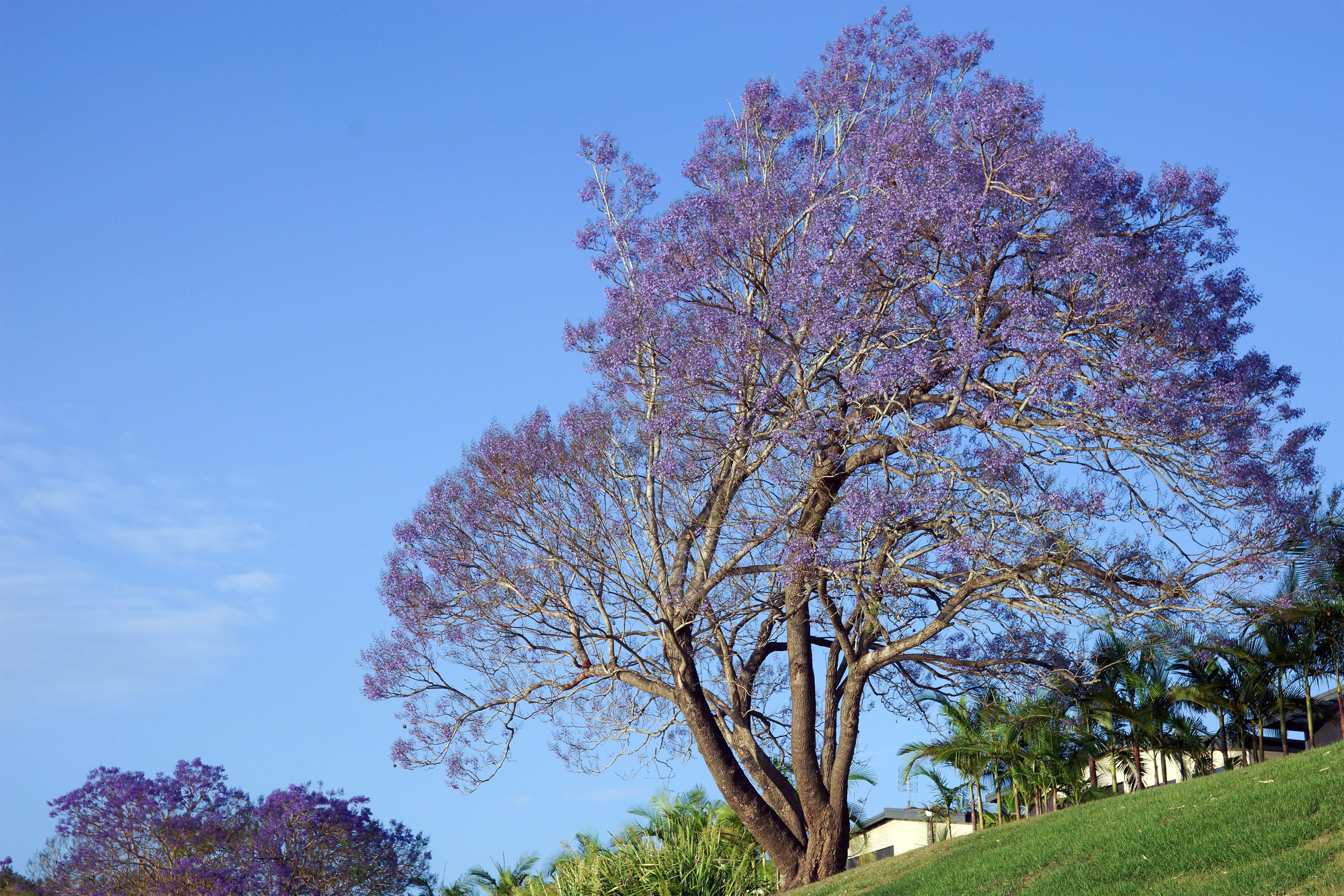
The seeds are collected from the named plant, so will likely have many characteristics of that parent plant, but they will NOT be the identical Purple Tree Collard. This seed is experimental because the brassica family readily cross-pollinates with other members of the family. Purple Tree Collards rarely set seed, so they are rare to find for sale. We recommend planting them as you would any other kale or brassica seed. These seeds were harvested in 2021 and germinated over 90% in nursery trials. Tree collards are a perennial collard that can grow 3-12 feet tall, forming a tall shrub with a woody stalk.

Assume that tree roots extend a distance equal to the height of a tree in dry climates and equal to half the tree height in wetter environments.This is a packet of approximately 30 Purple Tree Collard seeds (brassica oleracea v. Avoid applying herbicide in areas where it can injure other plants.Use of stains can also indicate personal exposure. Applicators use the dyes to monitor treated trees, so they are less likely to miss or respray targeted trees. Adding stains or dyes to the herbicide solution substantially increases applicator accuracy.The serious consequence is that a treated tree may release herbicide back into the environment, injuring nearby trees and vegetation. Once the herbicide is released from a tree, it can be available for uptake by another.Your herbicide can move from a treated tree to an untreated tree, killing or injuring it. Plant roots can share vascular tissue through root grafting, which occurs primarily within the same species but can occur between plants within the same genus.When using frilling or cut stump methods of treatment, apply the herbicide immediately so that your tree doesn't have a chance to start healing itself and you can achieve maximum absorption.You're responsible for the chemicals you use and their ultimate effects. Call your local Cooperative Extension Service for detailed chemical information pertaining to chemical treatments.You can use this type of application to kill large numbers of trees. Banding (also called lacing or streaking) applies concentrated solution to the soil in a line or band spaced every 2 to 4 feet. Soil Treatments: Certain soil treatments applied evenly to the soil surface can move into the root zone of targeted plants after ample rainfall or overhead moisture.Treatments are least effective during very hot weather and when trees are under severe water stress. Make applications from early summer to late September, depending on the choice of herbicide. Foliage Treatments: Foliar spraying is a common method of applying herbicides to brush up to 15 feet tall.This method is effective on trees of all sizes. The low-volatile ester formulations are the only oil-soluble products registered for this use. Use herbicide spray mixed with oil until the bark is saturated. Some species can be treated during winter. Basal Bark Treatments: Apply herbicide to the lower 12 to 18 inches of the tree trunk (on the bark) from early spring to mid-fall.For trees 3 inches or less in diameter, treat the entire cut surface. On larger trees, treat only the outer 2 to 3 inches, including the cambium layer, of the stump (the internal heartwood of the tree is already dead). Stump Treatments: After cutting a tree down, you can minimize the possibility of regrowth by immediately treating the freshly cut surface with herbicide to prevent sprouting.Injection is often handled by a tree removal company because it requires an investment in equipment. For best results, treat trees 1.5 inches or more in diameter at chest height.


Treatments are effective when injections are made every 2 to 6 inches around the tree.
Cyberpunkers purple tree series#
Start by making a series of downward cuts around the circumference of the tree with an ax or hatchet, leaving the frill (cut section of bark) connected to the tree. Cut Surface Treatments: This technique involves creating a pathway through the bark so that herbicide can be introduced into the plant's vascular tissue.


 0 kommentar(er)
0 kommentar(er)
